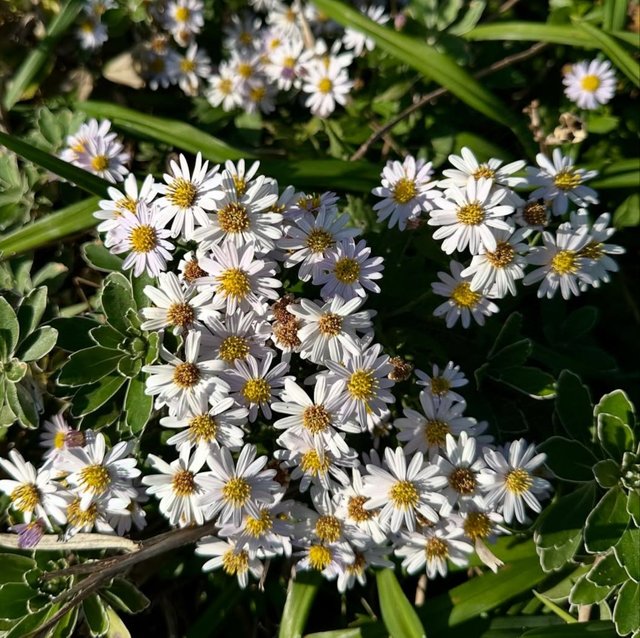So Beautiful Chrysanthemum Japonense Flower
Chrysanthemum japonense: The Jewel of Japanese Flora
Chrysanthemum japonense, commonly known as the Japanese Chrysanthemum, is a perennial flowering plant native to Japan. This unique species belongs to the genus Chrysanthemum within the family Asteraceae, a group that is celebrated for its stunning blooms and cultural significance. Known for its delicate beauty, C. japonense has earned a special place in both horticulture and the natural ecosystems of its native region.
Natural Habitat and Distribution
Chrysanthemum japonense is primarily found in coastal regions of Japan, particularly in areas with sandy soils and mild climates. Its natural habitat includes rocky shores and open fields where it thrives in well-drained, nutrient-poor soils. This plant is well-adapted to survive in harsh coastal conditions, demonstrating remarkable resilience to salty winds and periods of drought.
Botanical Characteristics
C. japonense is a low-growing, herbaceous perennial, typically reaching heights of 20–50 cm. It forms dense mats of foliage that serve as a ground cover in its native habitat. The leaves are small, lobed, and deeply dissected, giving them a feathery appearance. These leaves are often covered in fine hairs, which may help reduce water loss and protect against harsh environmental conditions.
The flowers of Chrysanthemum japonense are its most striking feature. Blooming from late autumn to early winter, they exhibit a range of colors, from creamy white to pale yellow. The daisy-like flowers have a central disc surrounded by numerous ray florets, creating an elegant and symmetrical display. Their modest yet refined beauty makes them a favorite among gardeners and florists.
Ecological Significance
As a native species, C. japonense plays a vital role in its ecosystem. It provides nectar and pollen for various pollinators, including bees, butterflies, and beetles, during the late flowering season when other plants have ceased blooming. Its dense foliage also offers shelter for small insects and contributes to soil stabilization in its coastal environment.




